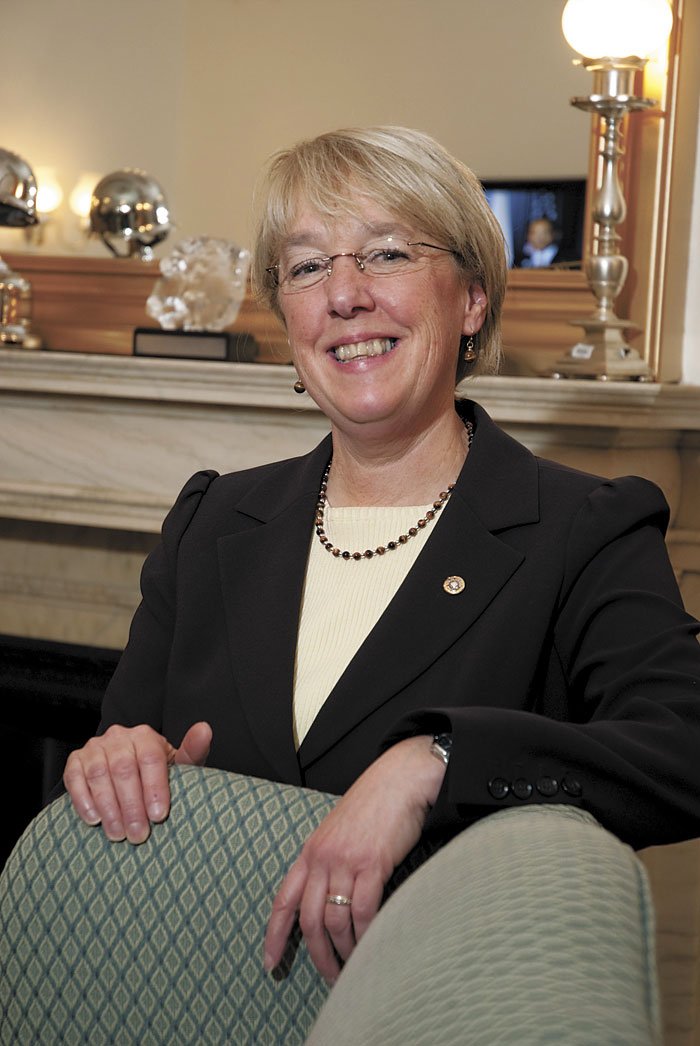Last week, the City Council daydreamed aloud about an urban grid crisscrossed with rainbow-colored streetcar lines: one from South Lake Union to UW, one up First Hill, one through downtown to the ID, and yet another from Westlake to Fremont and Ballard. Gone from the original list were routes along Interbay, up Denny Hill, and over the Duwamish to West Seattle, either because they were too expensive or technically infeasible.
Though the numbers were rough, Seattle Department of Transportation officials reported that the proposed routes—which would cost hundreds of millions of dollars to build—could count on operational savings if bus service in those same areas is cut. But the problem with that, as noted by some of the more skeptical council members, is that you’re simply replacing one kind of transit that can get snarled in traffic with another.
“Streetcars are nice; I like riding them. But we don’t have a streetcar system, we have a bus system,” said council member Tom Rasmussen, who wants SDOT to do a side-by-side cost comparison of adding electric buses on the proposed streetcar routes.
There was also a lot of talk about a “hierarchy of transit” and the attractiveness of a streetcar versus a bus. “It’s easy to use. Riders won’t have to look at a schedule,” SDOT’s Bill Bryant told council members, noting that the streetcars would run more frequently than buses, every six minutes through downtown. Underlying this “more attractive” notion is the idea that streetcars would appeal to those who currently don’t ride the bus, though ridership numbers so far on the SLUT (the existing line from South Lake Union to Westlake Center) don’t exactly bear that out. Plus, buses can look pretty too, argued Rasmussen: “We can get more attractive coaches. And we can run them at a higher frequency.”
To this, transportation committee chair Jan Drago played the trump card: the streetcar system would be ours. “The difference is that the bus is totally controlled by King County Metro, which has the most political way of allocating bus service of anyplace in the U.S.,” she reasoned. “The streetcar would be controlled by the city.”
Drago made no attempt to mask her interest in pushing the idea forward. She’s already calling for an August vote on the four proposed routes.






